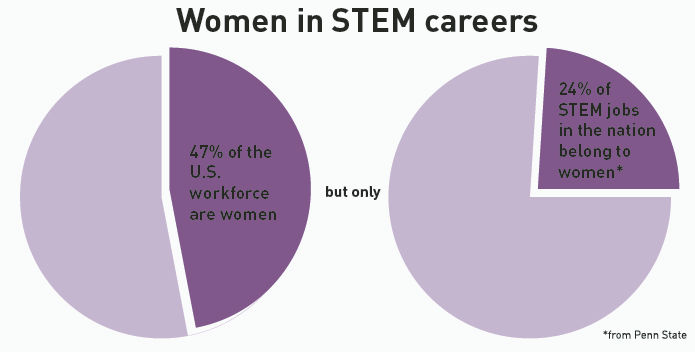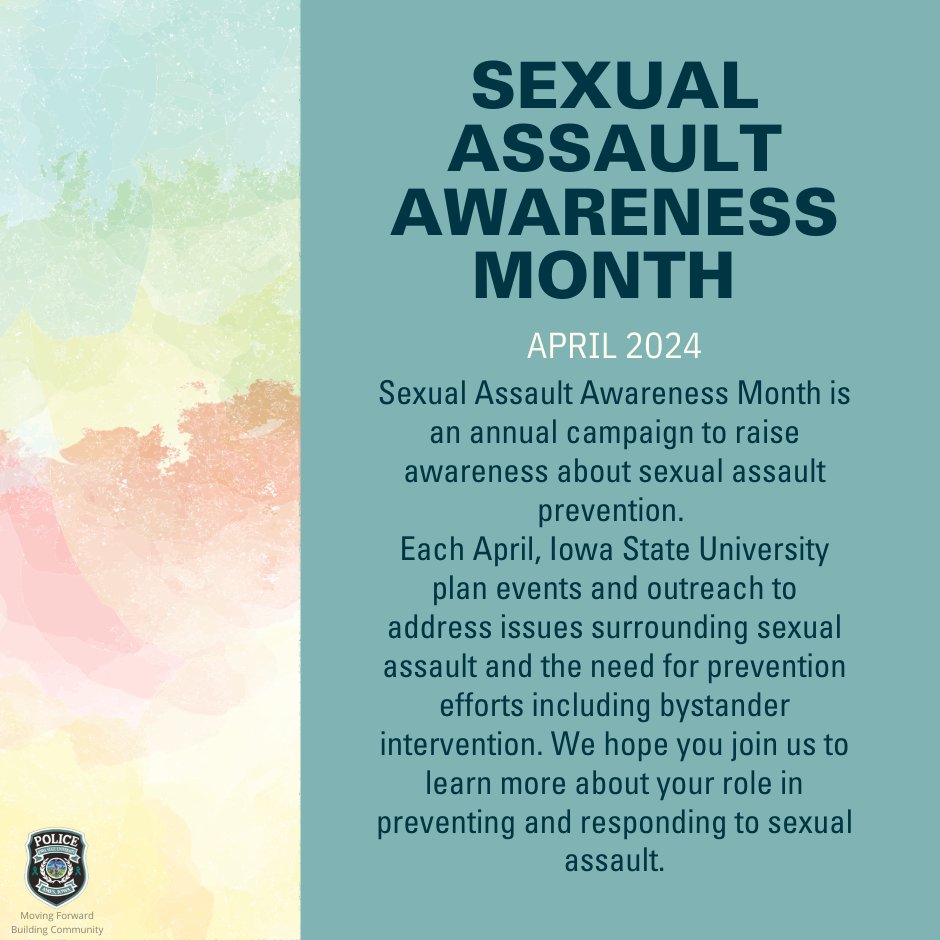EDITORIAL: Lack of money smarts adds to student debt
September 3, 2008
$25,210.
That’s the average debt load a graduate of one of Iowa’s three Regents’ universities carried in 2007. Of those three institutions, Iowa State led them all, by a margin of nearly $10,000 over the University of Iowa and the University of Northern Iowa.
While the reasons for this situation are many, to be sure, and range from the ballooning of the cost of attending college, to stagnation of federal financial aid programs, to irresponsible borrowing on the part of students, among many other things.
The first two items listed there are, in large part, out of the control of the average college student reader of this newspaper. The state could consider a greater allocation to student grant programs, for instance. On the positive side, the Board of Regents have included student debt considerations as one of their major priorities for the year, in hopes to better understand why college students in Iowa carry such an inordinately high debt load. Additionally, the university is now allocating a certain portion of tuition proceeds to financial aid.
The last item listed above — irresponsible borrowing on the part of students — is very much within the control of the average college student.
Financial illiteracy is a growing problem across this country — 40% of Americans currently have no retirement savings — but is even more prevalent among college students. As would be expected, the Office of Financial Literacy — an arm of the Treasury Department — reports that age and financial literacy are positively correlated.
Any plan of action focusing toward reducing levels of student debt here at Iowa State must have at its core a student financial literacy component. Fortuitously, Iowa State already offers a course addressing some of these issues. Human Development and Family Studies (HD FS) 283: Personal and Family Finance, taught by Doug Borkowski (of “Weekly Financial Tips” fame), addresses many financial literacy issues pertinent to college students. This course was recently enlarged to 100 seats, and now meets in both fall and spring semesters. Formerly it met only one semester per year, and seated only 70 students.
Whether or not the burgeoning enrollment in courses such as this are an indicator of student willingness to educate themselves in financial matters can only be conjectured, but the impact of a broad-based effort to make students financially literate — a crucial life skill, if nothing else — can’t hurt the student debt situation.






